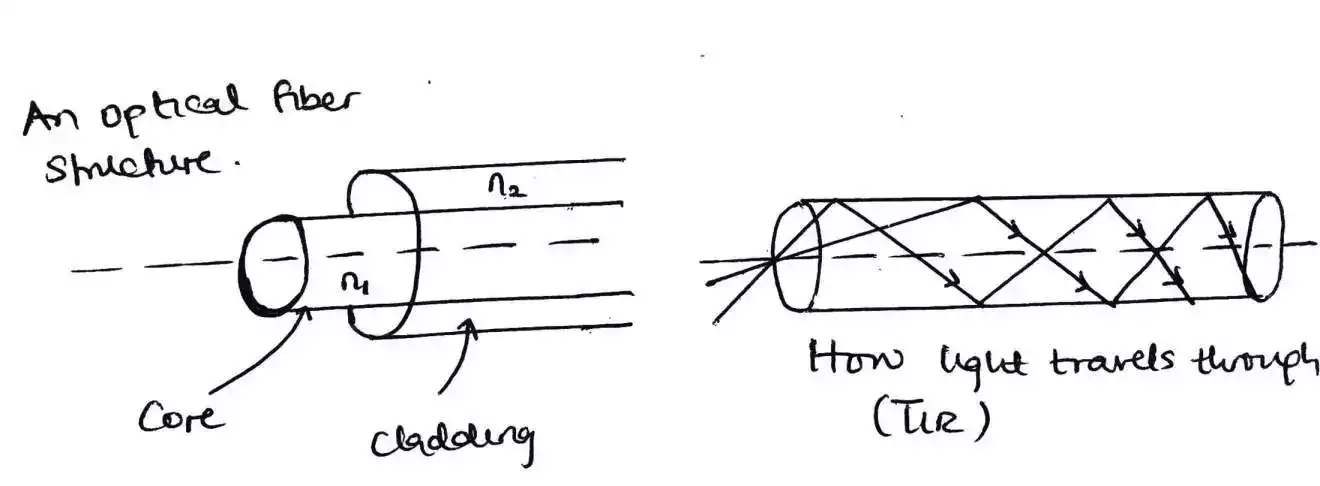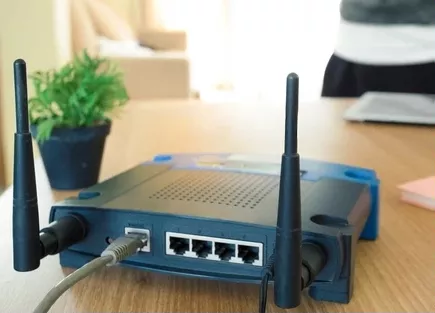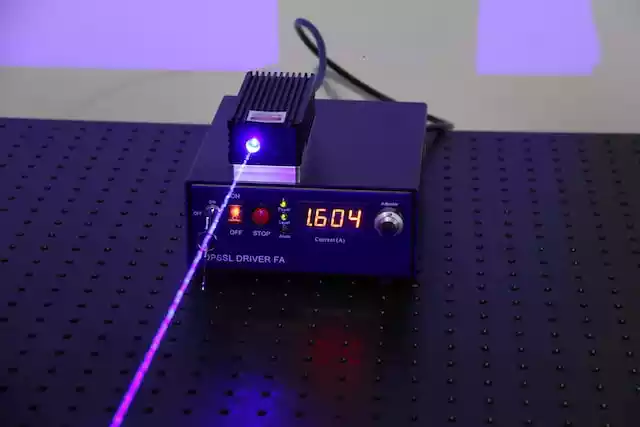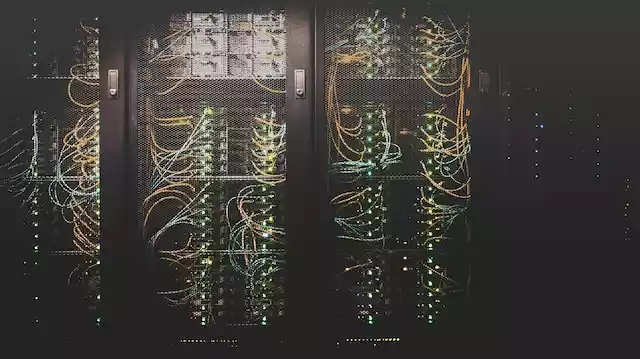What Are Core and Cladding Losses in Optical Fiber?
In an optical fiber, the core is the central part of the fiber where the light signals travel, while the cladding is the outer layer that surrounds the core and helps to guide the light signals.
The core and cladding are made of different materials with different refractive indices, which allows the fiber to work as an optical waveguide, confining the light signals to the core and minimizing signal loss.

However, despite how optical fibers are efficient, there are still losses that occur within the fiber. These losses can be classified into two types:
- Core losses and
- Cladding losses.
Core Losses
Core losses occur when optical light signals traveling through the core of an optical fiber experience a decrease in intensity (or signal strength) due to various factors.
One of the main factors that causes core losses is attenuation, which is the decrease in intensity of the light signal over distance.
Core losses can also be caused by the absorption of the light by the material of the fiber or by scattering of the light due to impurities in the fiber.
Read More: Linear and Nonlinear Scattering Losses in Optical Fiber Explained Simply
These impurities can be caused by manufacturing defects, such as bubbles or inhomogeneities in the material, or by environmental factors such as dust, dirt, or moisture.
Another factor that can cause core losses is bending or twisting of the fiber, which can cause the light to be scattered or leaked out of the core.
Core losses are usually expressed in decibels per kilometer (dB/km) and depend on the wavelength of the light signal and the material of the fiber.
Cladding Losses
Cladding losses occur when light signals in an optical fiber escape from the core and enter the cladding.
The cladding, as stated previously, is the outer layer of the fiber that surrounds the core and helps to guide the light signals.
Cladding losses can be caused by bending or twisting of the fiber, which causes the light to leak out of the core and into the cladding.
The cladding can also be damaged or contaminated, which can cause additional losses. For example, scratches or dirt on the cladding can cause light to be scattered or absorbed, reducing the intensity of the signal.
Cladding losses are typically expressed in decibels (dB) and depend on the angle of incidence of the light signal and the properties of the cladding material.
How to Reduce Core and Cladding Losses
Core and cladding losses can reduce the quality and efficiency of the light signal transmission in the fiber. Therefore, minimizing these losses is important in ensuring optimal performance of optical fiber communication systems. One way to reduce core losses is to use high-quality fibers with low levels of impurities and defects.
Another way is to use fibers with a larger core diameter or a lower refractive index, which can reduce the amount of scattering and absorption of the light signal.
To minimize cladding losses, it is important to ensure that the fiber is not bent or twisted beyond its bend radius, and to protect the cladding from damage or contamination.
Additionally, high-quality connectors and splices should be used to ensure that the fiber remains properly aligned and that losses are minimized at the connections.



